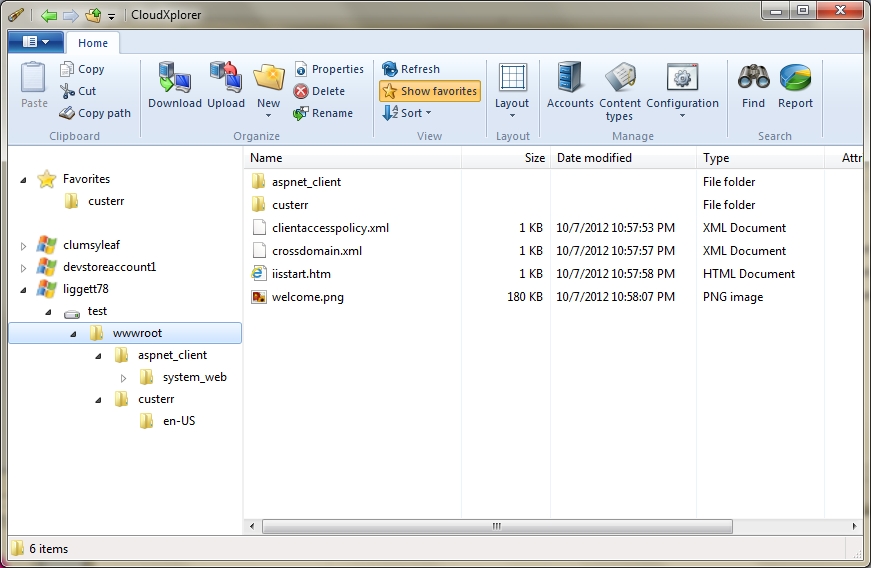(This was originally posted on 01/09/2016 on another site and has been moved here)
Yesterday I spent over an hour with John Huang (Azure SQL Data Warehouse team) and Martin Lee (MCS – Microsoft Consulting Services). They were extremely graceful in helping me try to performance tune a very difficult query. Since SQLDW is so new, they are looking to see how to help the community as a whole in how to tune performance.
So there are two different ways to tune
- Tune the table
- Tune the query
First we need to tune the table regardless. This code will write statements that create statistics on all tables. (Credit of this code goes to John Huang) If you’d like to only specify one table, then uncomment the commented line and put in the table name in single quotes. Don’t forget to execute the resulting text.
-- This will create stat for all columns on all objects SELECT 'CREATE STATISTICS [' + sys.tables.name + '_' + sys.columns.name + '_stat] ON dbo.[' + sys.tables.name + '] ([' + sys.columns.name + ']);' AS '--CREATE STATS'
FROM sys.tables, sys.columns
WHERE sys.tables.object_id = sys.columns.object_id
AND NOT EXISTS (
SELECT NULL FROM sys.stats_columns WHERE object_id IN (
SELECT object_id FROM sys.stats_columns GROUP BY object_id HAVING Count(*) = 1)
AND object_id = sys.columns.object_id
AND column_id = sys.columns.column_id)
--AND sys.tables.name = ORDER BY sys.tables.name,
sys.columns.column_id;
This is an extremely important step. Without it, your query will not run efficiently. One adjustment to the statistics is to create them on columns where you would typically join other tables. By no means am I a DBA, so you’ll likely need more information from those more qualified on the best methods on statistic creation.
You next want to look at the execution plan for your query
EXPLAIN
SELECT *
FROM myTable
This will give you an xml document. Bad things we noticed were things like “BROADCAST_MOVE” which means it’s doing data movement. Data movement = bad. Data skew is also bad.
I highly recommend looking at this document: https://azure.microsoft.com/en-us/documentation/articles/sql-data-warehouse-manage-monitor/
To make things a little more simple, the first thing I would do is the last item on the list. Take a look at the skew.
-- Find data skew for a distributed table
DBCC PDW_SHOWSPACEUSED("dbo.FactInternetSales");
Make sure that it’s as even as possible. The next thing is run the query. While it’s running you need to find the request id of the query you’re running.
SELECT * FROM sys.dm_pdw_exec_requests WHERE status = 'Running';
Then start watching the execution steps that it’s going through.
SELECT DATEDIFF(SECOND, start_time, end_time) Time_In_Seconds, * FROM sys.dm_pdw_request_steps
WHERE request_id = 'QID247206' --change this to the request id from the previous query
ORDER BY step_index;
In the first column, you’ll see how much time the query is taking in seconds. You can look at the other fields for more details.
For now this is all I have but I’ll try to follow up with some actual ways to help tune in the future. Again a huge thanks to the SQLDW team for helping out.
read more




